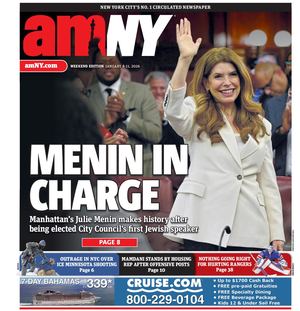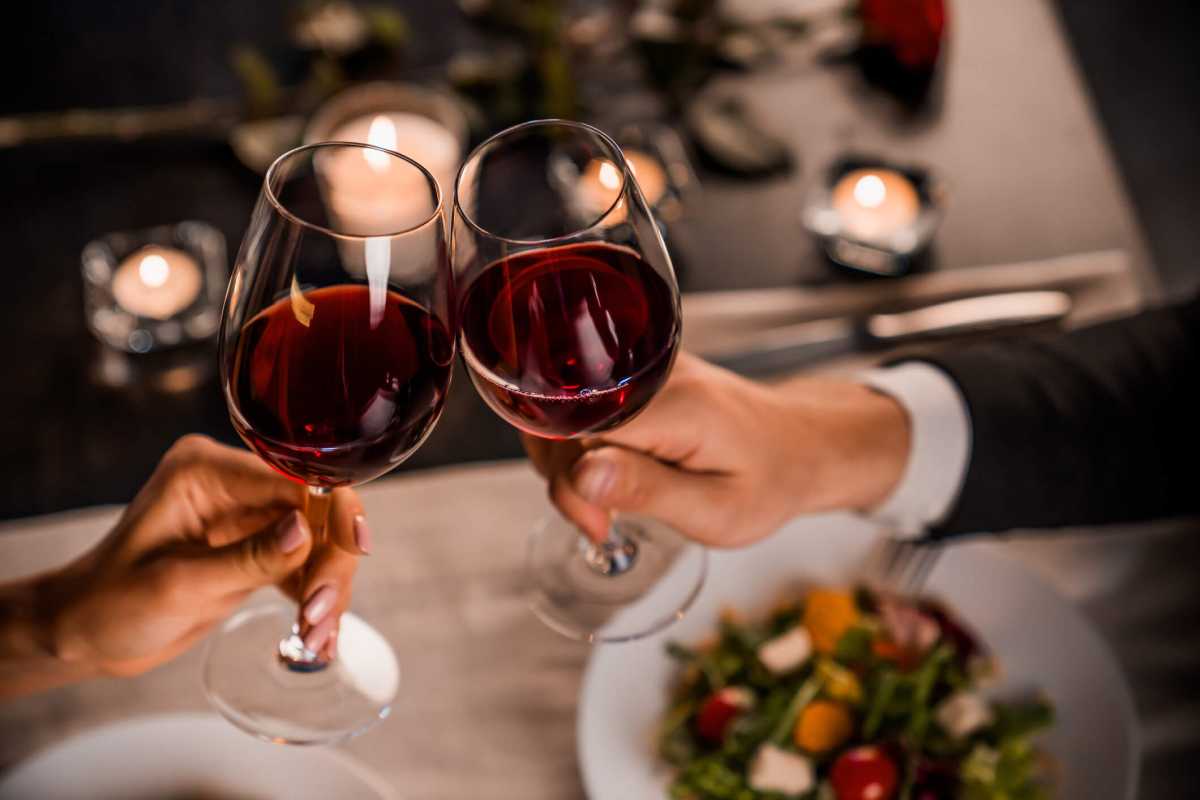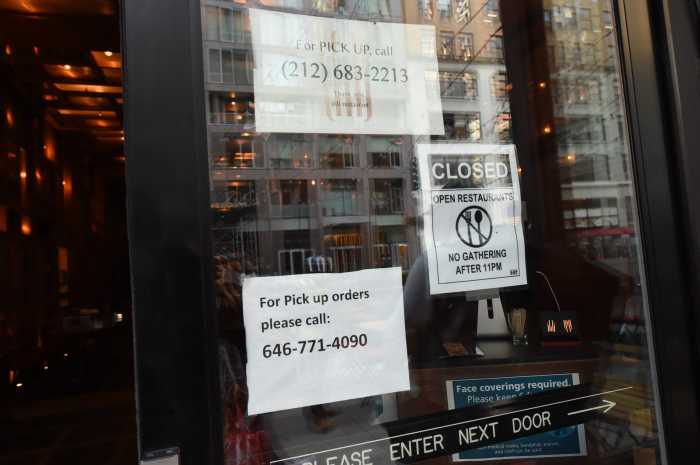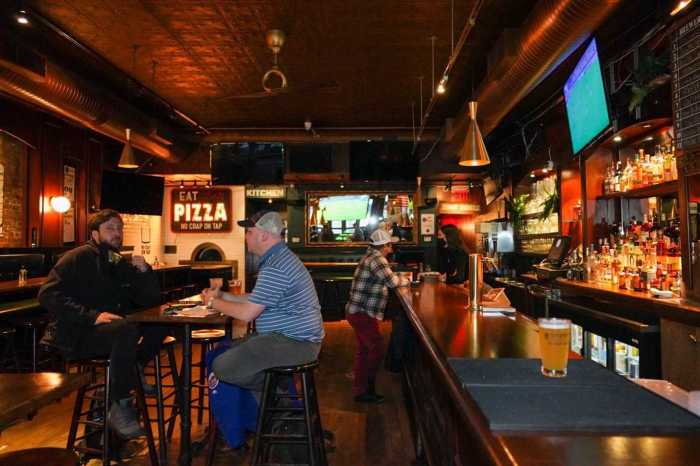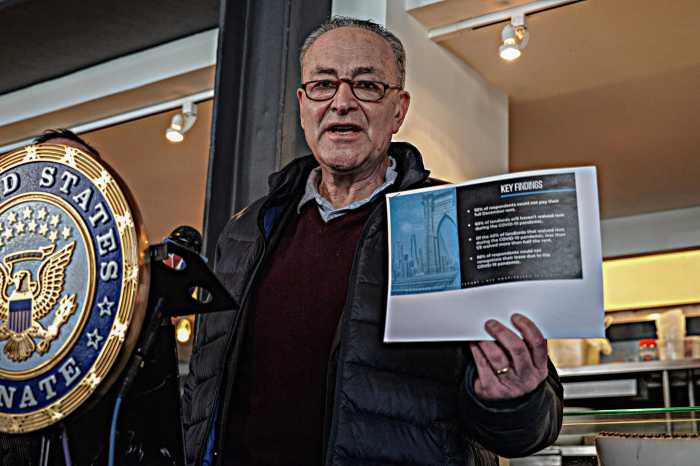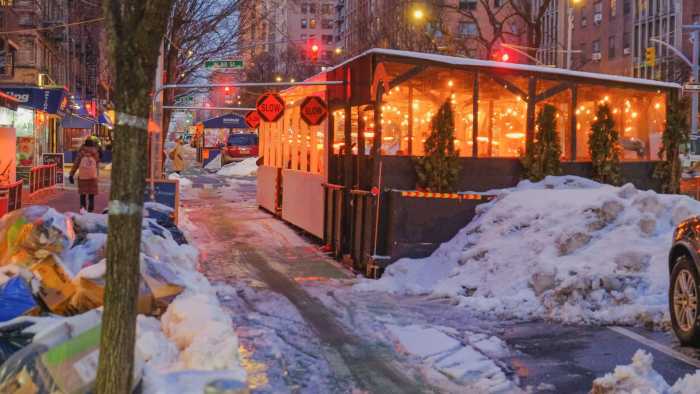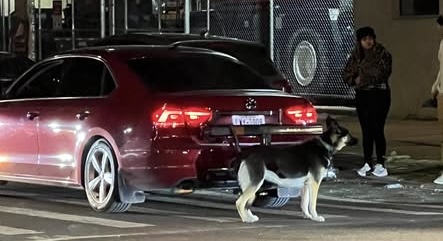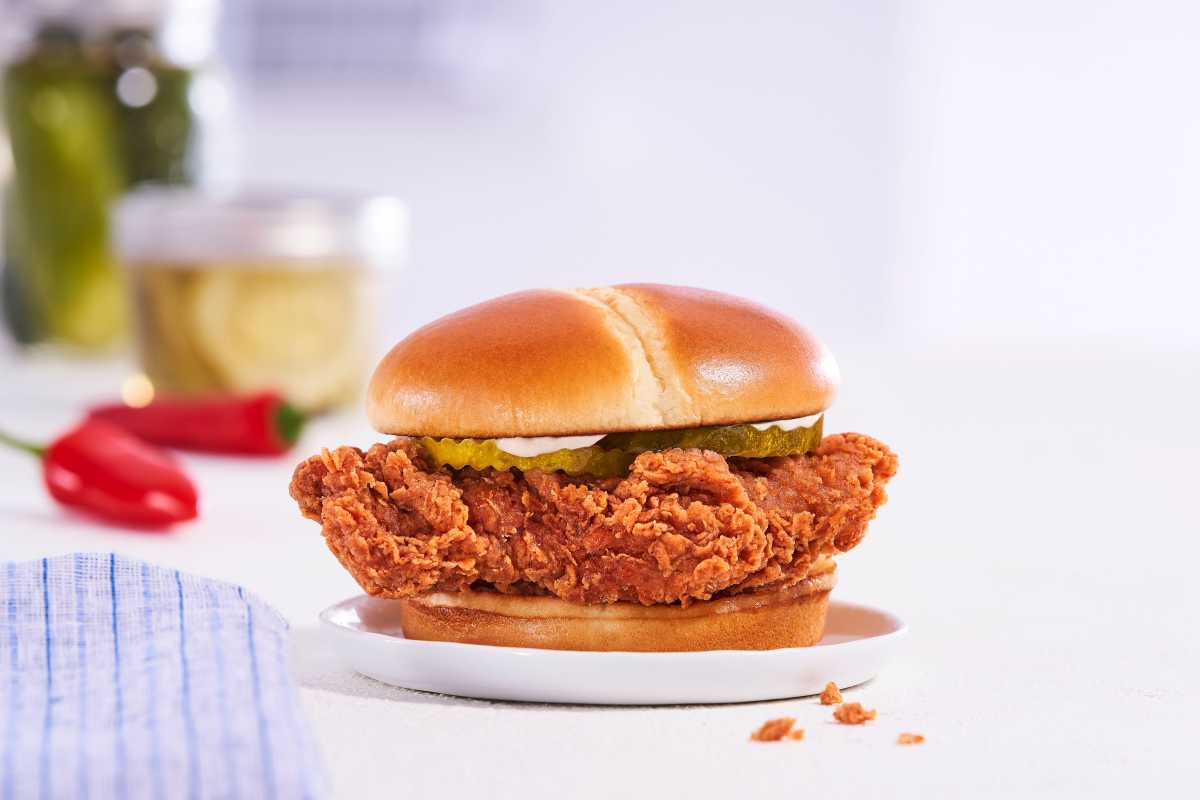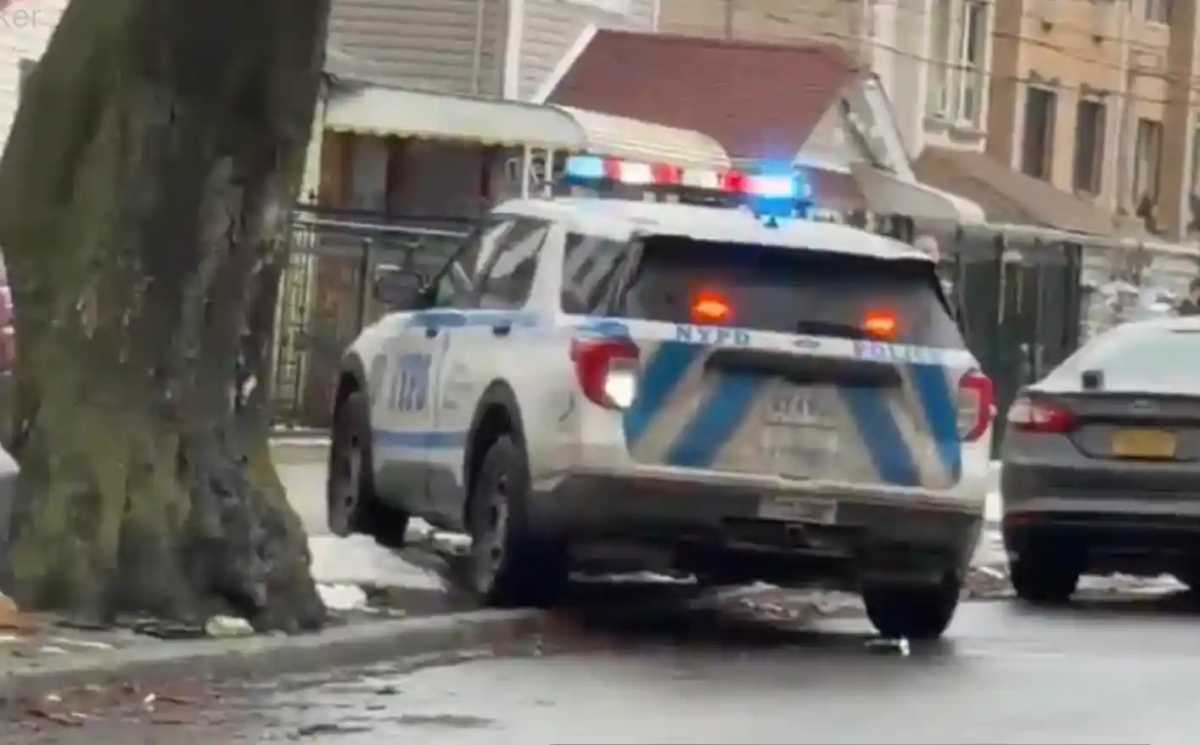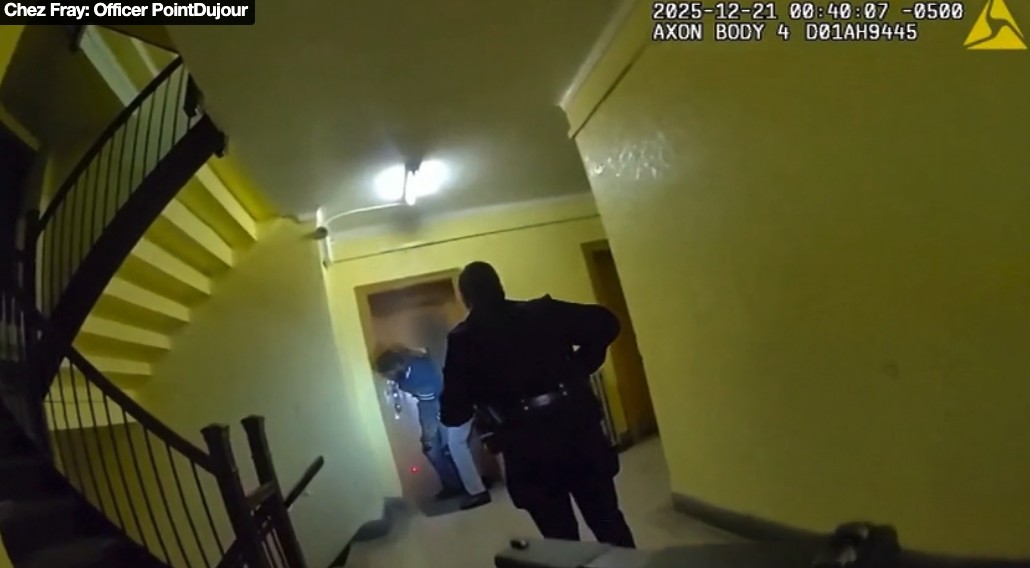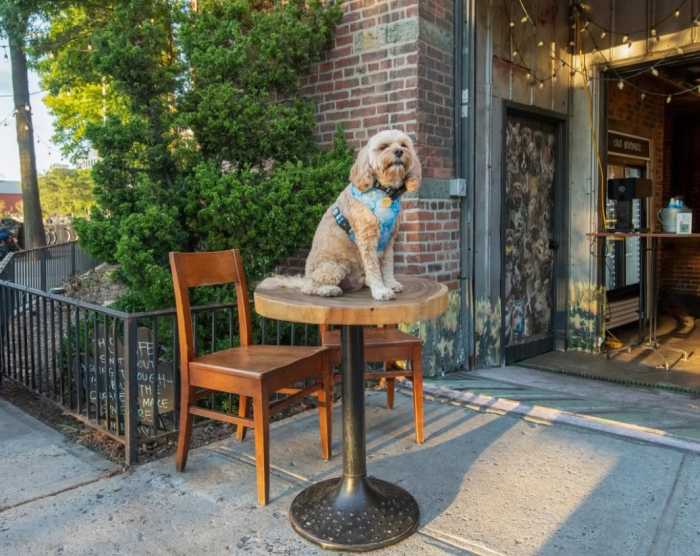Up to 75% of New York City restaurants and bars reported revenue declines of over half in the past year, signaling the need for continued government support if the industry is to make a hasty recovery from COVID-19.
The NYC Hospitality Alliance surveyed 400 members and found that 44% experience revenue dives of 76% to 100% due to the government-enforced closures and indoor dining restrictions imposed throughout much of 2020.
At best, only 21% of the businesses polled saw a decline in cash flow from 26% to 50%.
“The survival of our restaurants and bars is essential to the economic recovery of New York City, so the continued number and nature of these struggling small businesses is alarming,” Andrew Rigie, executive director of the NYC Hospitality Alliance, said. “The federal financial relief for the restaurant industry championed by Senate Majority Leader Schumer and signed by President Biden was a crucial lifeline for thousands of our restaurants, but without a continuous and concerted effort at all levels of government to revive the industry, the chances of recovery for these businesses and the city will only diminish.”
These circumstances have pushed many proprietors to take opportunities wherever they may find them to make up for the loss in revenue, namely through virtual kitchens.
Jeremy Wladis, owner of Upper West Side restaurants Good Enough to Eat, Hachi Maki, and Harvest Kitchen, told amNewYork Metro that he has found himself in the 75% indicated in the survey.
“What we’ve done is added – some people call them ghost kitchens, but what they’re actually called is virtual kitchens – to our brick-and-mortars, if you will. So in New York, the three restaurants have eight menus running out of them for takeout and delivery, three of them for actual dining inside the cabana,” Wladis said. “An average restaurant, it takes about 90% of your existing sales to pay your bills… When we’re doing sub-fifty percent, nothing is going to pay the bills.”
A combination of the Paycheck Protection Program and other forms of assistance from the government, negotiating with landlords, along with versatile options for customers, mean for Wladis that his eateries will make it a little longer and continue providing jobs for employees.
Susan Povich, owner of Red Hook Lobster Pound, had a concession in a Midtown food hall as well as a food truck in Rockefeller Plaza but said her business in Brooklyn has been the most forgiving.
“I feel pretty firmly that the business areas of Manhattan are where the big issues are,” Povich said. “The [Red Hook] community has been really supportive of Brooklyn, but that’s only about 40% of our overall company business.”
Turning back to business in Manhattan does not seem like a likely prospect for Povich in the near future with less foot traffic than pre-pandemic unless government grants come through to cover potential costs.
“If I can’t get that government restaurant act, I don’t know that I’ll be reopening in Manhattan. Literally, it’s done. I’m done,” Povich added.
Even Red Hook Lobster Pound’s beach concession took a hit of about half its usual revenue, with these outdoor vendors having to abide by rules that prevented lines from forming, according to Povich.
Correction note: an original version of this story used an image with a caption that claimed Cafe d’Alsace on Second Avenue closed due to the pandemic. The owner of the eatery informs us that this was in error. We apologize for any confusion.
